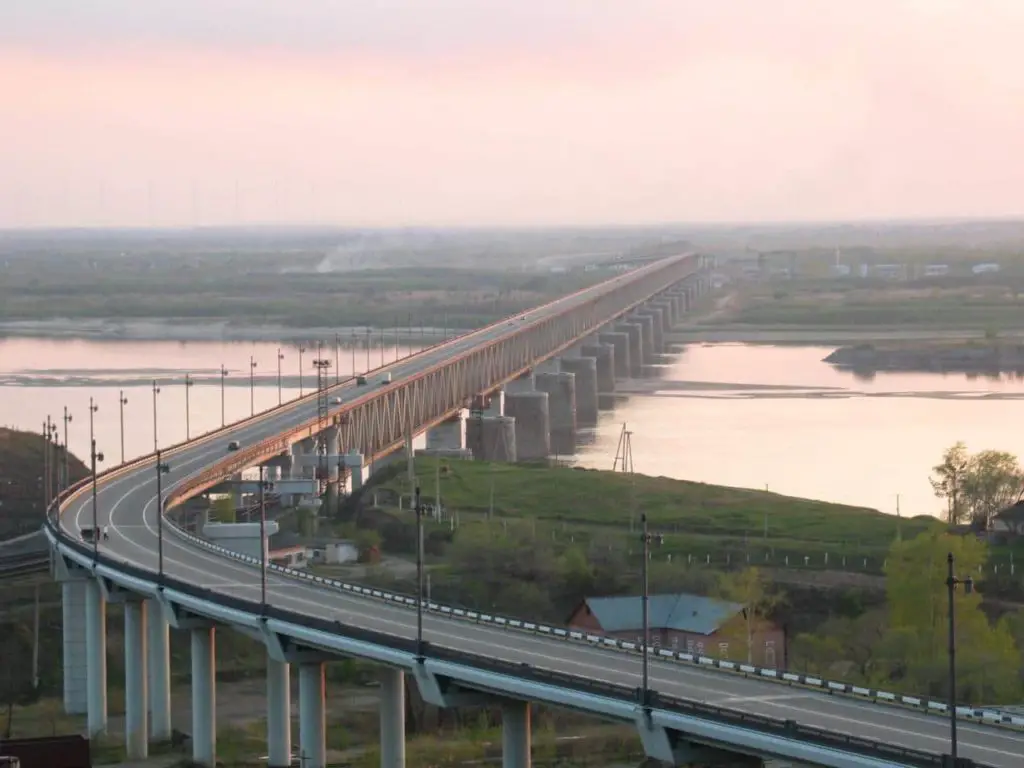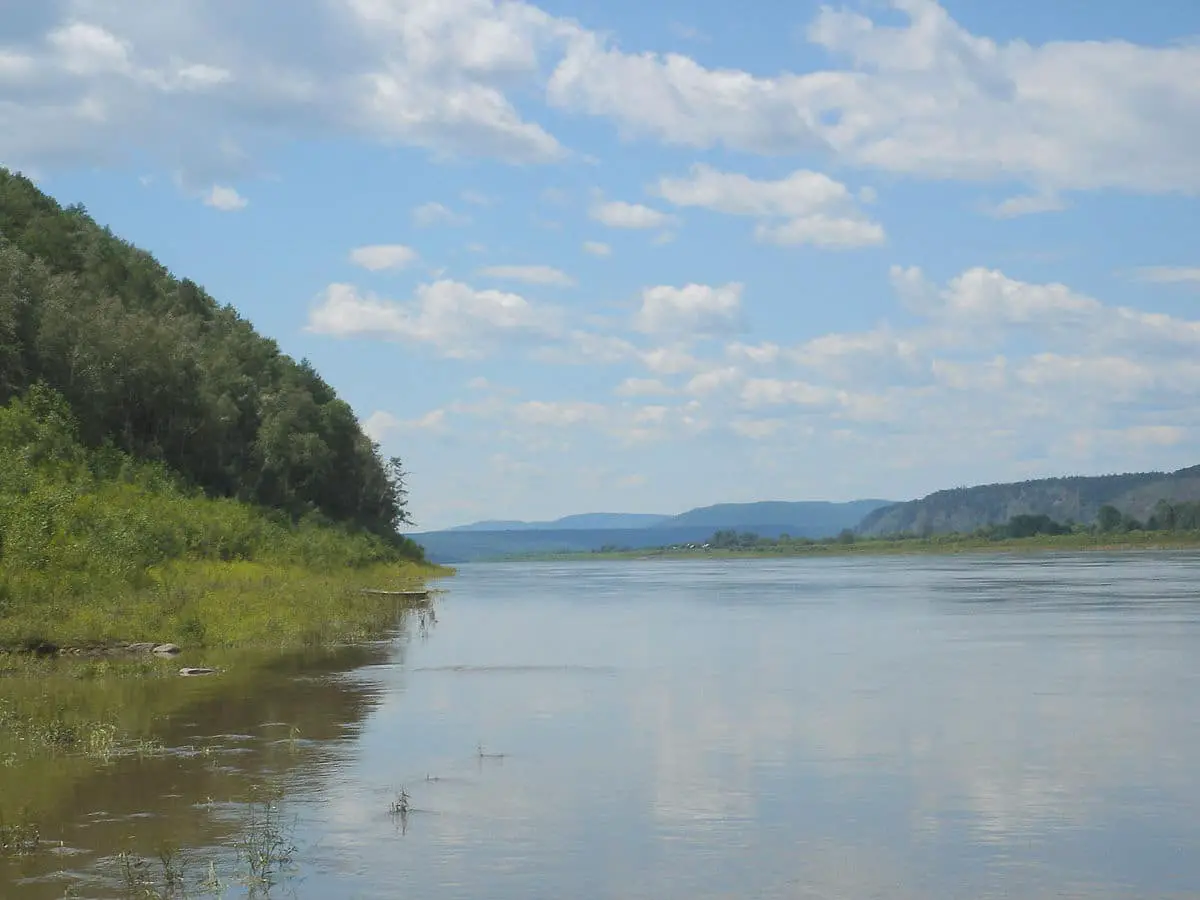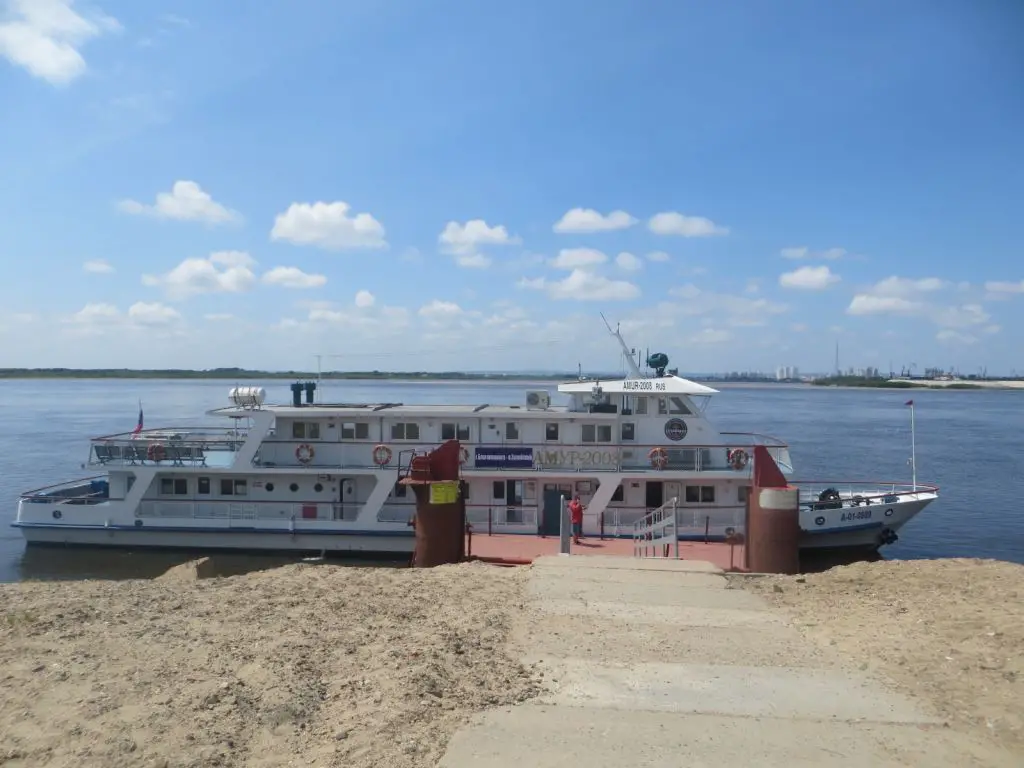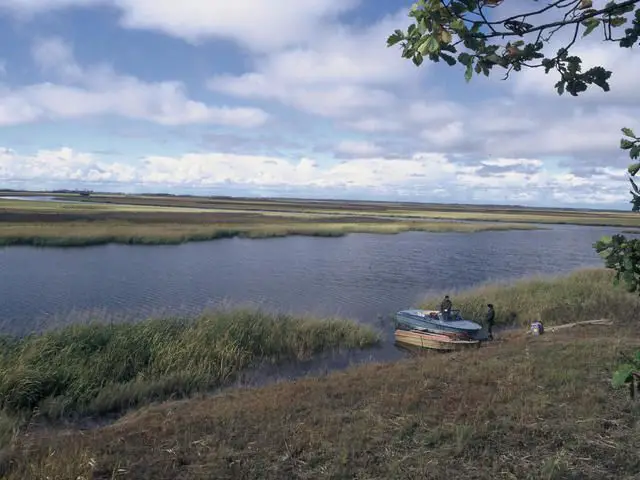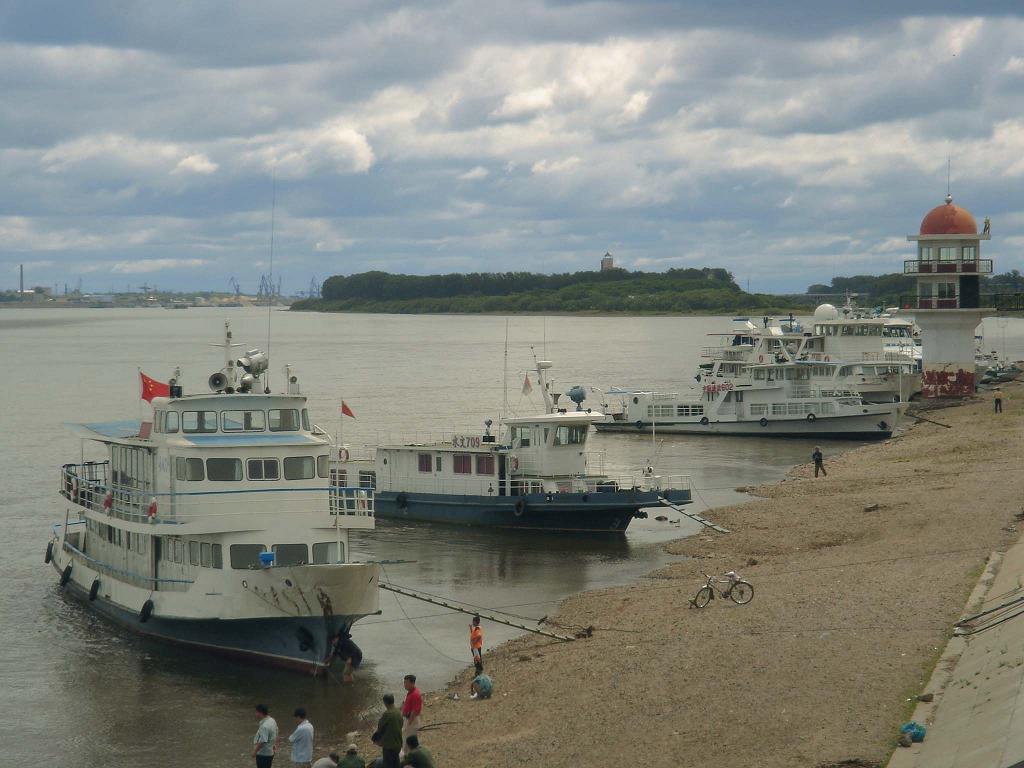Last Updated on September 7, 2023 by Hernan Gimenez
If you would like to get to know a wonderful river and of great benefit to two countries with very different languages, I invite you to discover how the Amur River shares a vast border between China and Russia and is of great benefit to both countries that take advantage of its advantages.
Indice De Contenido
Location and physical map of the Amur River
The Amur River is located in Russia near the border with China, it rises in the mountains of Manchuria, it flows for a while until it joins the Shilka and Argun Rivers, from then on it is called the Amur River. Its length is two thousand eight hundred and twenty-four kilometres, although if we take into account the confluence of the Amur and the Argun, it reaches four thousand four hundred and ninety-four kilometres, making it the ninth longest river in the world (see article: Volta River).
The Amur ends its long course at the Strait of Tartary, but before it gets there it forms a large estuary. Its basin has a large surface area of about 1,855,000 square kilometres. Along its course it receives a large number of tributaries, including the Argun, Zeya and Songhua Rivers, and forms the border between China and Russia for more than 1,600 kilometres.
Cities on the Amur River
There are several cities through which this vast river flows, it crosses several small towns, here I will mention some of the most outstanding.
Among the cities that the Amur crosses we can mention those found in Russia, Blagovéshchensk, Khabarovsk, Amursk, Komsomolsk Amur and Nikolayevsk Amur, these five cities are visited by the Amur River in Russia. In China, it only flows through two cities, Heihe and Tongjiang (see article: Okavango River).
Its name in Chinese means River of the Black Dragon, or in their language it would be something like Heilong Jiang. Its water comes almost entirely from snowmelt and rainfall, in winter it has less water, usually causing floods in spring and autumn, something very special about this river.
There are about 123 species of fish, crustaceans and molluscs in the Amur. Among the most prominent are the Kaluga sturgeon and the sturgeon acipenser schrenckii. The Kaluga is a species catalogued as the largest in the world, but you can also find green sturgeon, black carp and a great variety of sea urchins, frogs, rodents and much more (see article: Gambia River).
As you can see in the picture, this is the Amur River in December.
Continent of the Amur River
The Amur River is located in Asia, in the east of the continent, near the border between China and Russia. In fact, it forms the border between the two countries.
In its permanence in Russia, since ancient times, it has been of great importance for the inhabitants of its banks, being navigable, it was used for the transport of goods, initially as an exchange between peoples, then as a trade, forming an access route to the Pacific Ocean. Today it is of great importance for the economy of the region, especially for the ethnic groups such as the Nanai who still live on the banks of the Amur and depend on it for their survival (see article: Yangzi River).
The Amur River is used to produce hydroelectric power, its waters are used to irrigate crops such as wheat, soya beans and others, and it also has a mining production area, from which gold, iron and some other tradeable minerals can be extracted, in a kind of exchange between the Chinese-Russian trade.
The river does not escape the problems of being close to populated areas, it is currently threatened by pollution, not only from cities, but also from the construction of dams, both for irrigation and hydroelectric plants, which threaten to contaminate its waters with oils; mining is another polluting factor, with the destruction of habitats and the use of chemicals to extract the minerals that the river possesses.
Near the banks of the river is the world’s fourth largest oil field, located about 100 kilometres from the river in the city of Daquing, Heilongjiang.
The Amur River is one of the most biologically diverse temperate forests in the world. It has a large area of steppe grassland, a large area of marshland in its lower reaches where islands and lakes are formed. It also forms some meanders.
In the following video you can see a short trip along the Amur River, enjoy its spectacular views and in the distance you can see the houses that are right on its banks.

